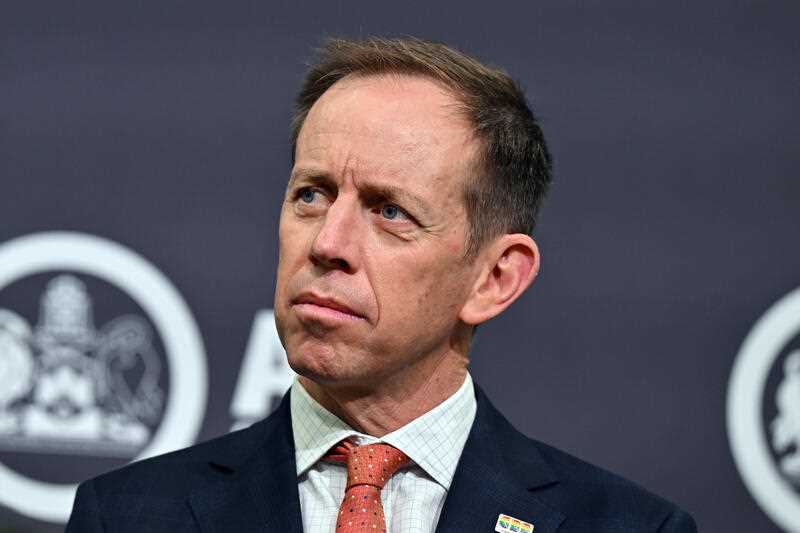A recent letter (L Arundell, CW, 11 March 2023) questioned the ACT’s credentials on climate action and our methodologies for emissions accounting.
The ACT is highly transparent with our emissions reporting, publishing a yearly update in our ACT Greenhouse Gas Emissions Inventory Report. The 2021-22 report was produced by independent experts Point Advisory, and showed that since the baseline year (1989-90), the Territory’s total emissions have fallen 47% from 3,098 kt CO2-e to 1,647 kt CO2-e. In this time, the ACT population has grown 63% from 279,000 to 454,000.
These figures are calculated in line with agreed best-practice international accounting methods, and mean that Canberra is a world-leading city in addressing climate change.
Your letter writer focuses on what are known as Scope 3 emissions, or indirect emissions. In simple terms, these are emissions resulting from the production of goods outside the ACT. Under the international rules, those emissions are recorded in the place where the goods are produced, not where they are consumed.
Reducing Scope 3 emissions presents an opportunity for the ACT to contribute even more and generate emissions reductions in other jurisdictions by purchasing lower carbon products.
There are no international plans to tackle Scope 3 emissions yet, but we have started that work by having the Commissioner for Sustainability and the Environment evaluate Scope 3 emissions for the ACT, the first time this has been done.
Cutting emissions quickly enough to tackle climate change is a major challenge. Our current focus is to cut emissions from fossil fuel gas use, and cut transport emissions by increasing public transport use, encouraging walking and cycling, and increasing the use of zero emissions vehicles. The effort by many Canberrans to cut emissions in their homes, business and other places is a welcome part of that journey.
- Shane Rattenbury MLA, ACT Greens Leader and Minister for Energy and Emissions



